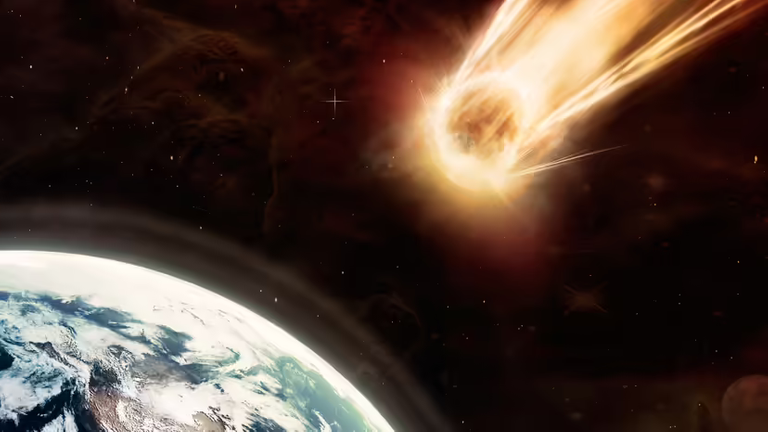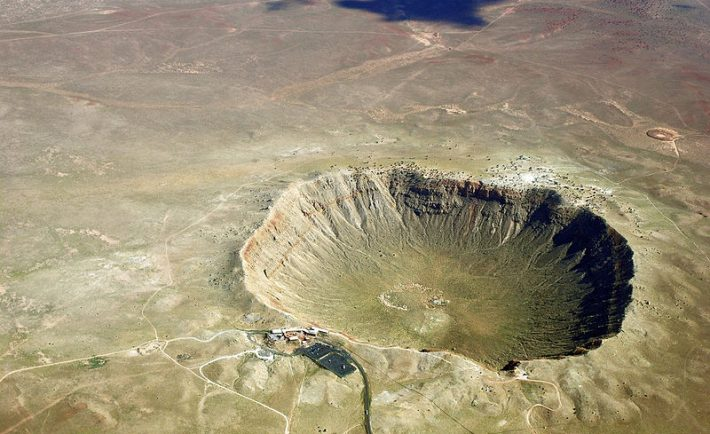The history of Meteor showers on Earth
Occasionally on a clear summer night you may have noticed that a star fell from the sky and disappeared leaving a sharp line of light on one side. The object forming the line of light is called the meteor. In fact, the meteor is not a star, nor are they as bright as the stars themselves, but when they are scorched by the wind and burn, they give light. The meteors that pass through the atmosphere and fell on earth are called meteorites.

The earth revolves around the sun and if a meteor passes by it, it pulls it towards itself. As it falls to the ground, it is scorched by the wind and burns to ashes at an altitude of forty miles. Sometimes they do not burn to ashes and fall to the ground.
Many museums around the world have meteorites that have been found in different parts of the world. Scientists looked at them and came to the conclusion that the meteorite contains almost the same metals and rocks that are found on our planet. This means that there are other worlds like ours in the universe.
We see the broken star at night. It is actually the bright light produced by the burning of a meteor, which is about 70 miles away from us at speed of 2700 miles per hour.
In 1939, so many meteors fell in Canada and the United States that their noise was heard far and wide and people were in fear and amazement. Earlier, in 1876, a huge meteorite fell in Shropshire, which is now in the British Museum.
It will be interesting to note that man was the first to use the iron of meteors. Man later learned the art of extracting iron from the earth. Small meteorites contain about 10% iron in addition to rocks and some nickel. Sometimes they also contain platinum, gold and diamonds.
The largest meteorite in the United States was discovered in 1902. It weighed more than 14 tons. Another large meteorite, which fell in South Africa, was square in shape, 9 feet long and weighed 60 tons, but it is estimated that at the beginning it weighed less than 100 tons.

On June 30, 1908, the world's largest catastrophic meteorite, as far as human information was concerned, fell in Siberia (Russia). A huge lightning ball wrapped in fire fell into the forests. Several passengers on the Trans-Siberian railway line saw it, even though it was hundreds of miles away. From a distance, seismometers recorded a great earthquake. The sound of explosions was heard within a radius of six miles. Thousands of reindeer were killed in Siberia, and hundreds of nomads flew away with their tents.
Surprisingly, the meteorite debris was nowhere to be found, however, where the shell landed, there were hundreds of large holes in the swampy ground. Some people do not acknowledge the fall of the meteorite, but some consider it the destruction of the atomic bomb, although in 1908 man was not even aware of the invention of nuclear science. Probably the whole meteorite was burnt to ashes despite falling to the ground.
Thank you for reading! Stay Safe!👋😌